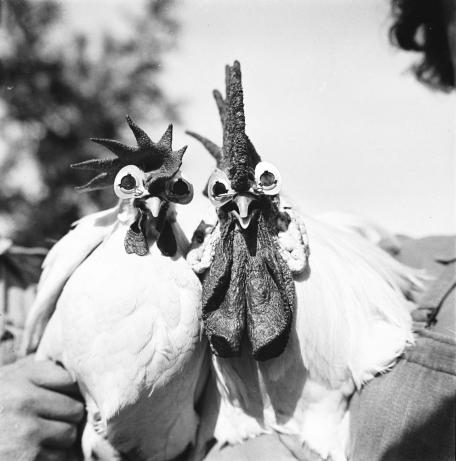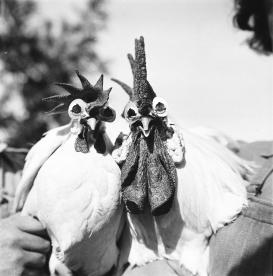Animals tend to participate in knowledge production through disruption: as anomalies, they challenge the limits of that which is known. Taking this perspective of disruptive animality as its core, “Out of Place, Out of Time” investigates how the process of knowing animals defied and shaped spatial and temporal regimes.
Beginning in 2021, the group shifted its analytic focus to spatial regimes and their disruption. It now pays particular attention to waste, and reflect on its widely accepted definition—being a matter out of place. This publication project focuses on the waste of the human and animal body, and considers the long history in which the substances that exited the body were useful and important. Such history of value challenges our assumptions about waste and the limits of the body. It illustrates how the waste of the body, along with many other materials deemed futile, was invented in modernity, and had far-reaching cultural, technological, and environmental consequences: letting go of the value of bodily materials meant recruiting precious resources to separate, hide, and discard of them; losing their value, such materials became sensorial nuisance, exposing feelings of disgust and repulsion. Participants in the project will be invited to test the assumption that the invention of the waste of the body is a modern, Western phenomenon. We consider the added value of thinking about bodies in relation to the history of waste and the history of animals, and attempt to position the animal body in place.

Chicken Coop at Mikveh Israel (agricultural school and experimental station), February 1, 1940. Israel State Archives, Zoltan Kluger Image Collection 12518-12590, ISA-Collections-ZKlugerPhotos-00132fo.

